We describe the acidity of the soil mixture: how to determine it and lead to normal values.
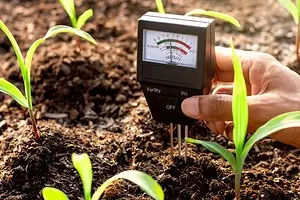
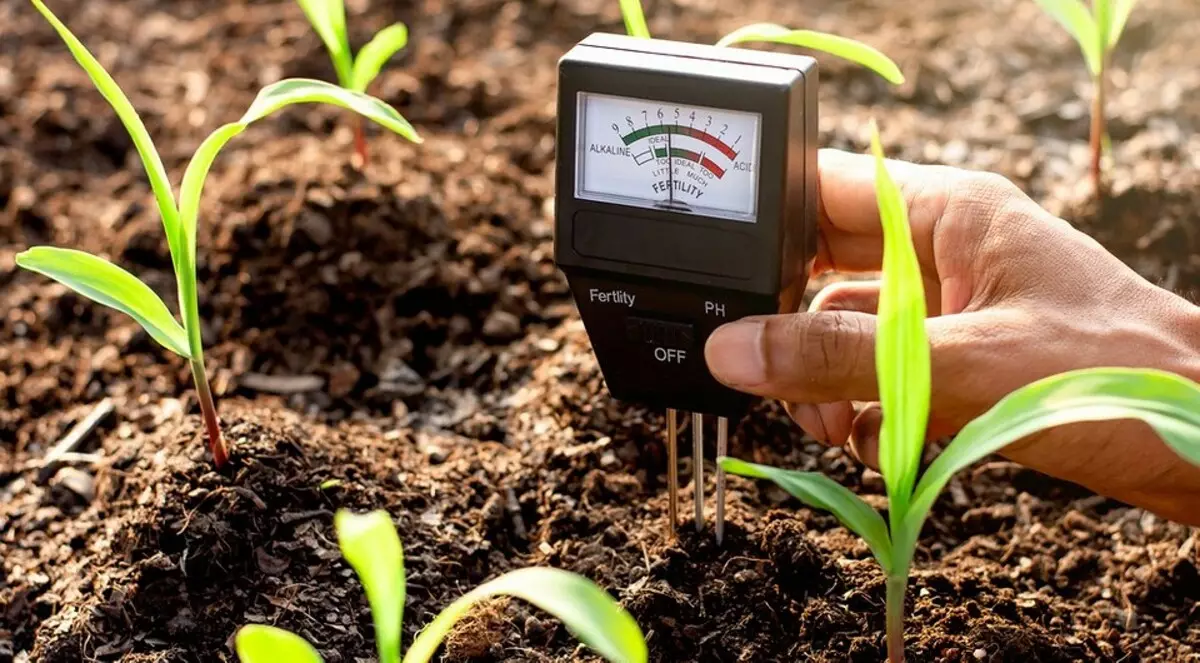
The most careful care will not give the result if the level of the pH of the soil. In the inappropriate conditions of culture, they grow poorly, give a smaller harvest. To correct the position, you need to adjust the acid-alkaline balance. We will deal with how to deoxide the soil in the garden in summer, in spring and autumn.
How to determine and normalize soil acidity
Acidity of the soilFive deoxidation techniques
1. Lime
2. Zola.
3. Dolomitic flour
4. Mel.
5. Siderats
All about the acidity of soil mixture
For normal growth of crops, the pH level is important. There is no value in common to all plants, but it is known that sour lands prefer weeds and mosses. Here, viruses and other pathogenic microorganisms are perfectly multiplied. Cultural varieties "love" neutral or weakness lands. Therefore, it is important to regularly conduct our garden and garden research.
It is often that the pH level on the territory differs. This is normal, you just need to take into account information when planning landings. Deciscation work can be carried out selectively. In the remaining places, put plants that are well developing on a moderately acidic soil.
List of crops for soil cooler
- Vegetables: carrots, turnips, potatoes, sorrel, tomatoes, radish, pumpkin.
- Berries: strawberries, crober, cubberries, blueberries.
- Decorative: azaleas, hydrangea, boys, chicory, all kinds of ferns.
For all types of fruit trees and shrubs, such conditions are not suitable, they cannot normally develop and fruit.
It is necessary to know that the acid-alkaline balance changes over time. Therefore, by defining it once, it is not necessary to think that the value remains unchanged. Studies are held regularly, good, they are easy to carry out. We collected some simple, but effective techniques.
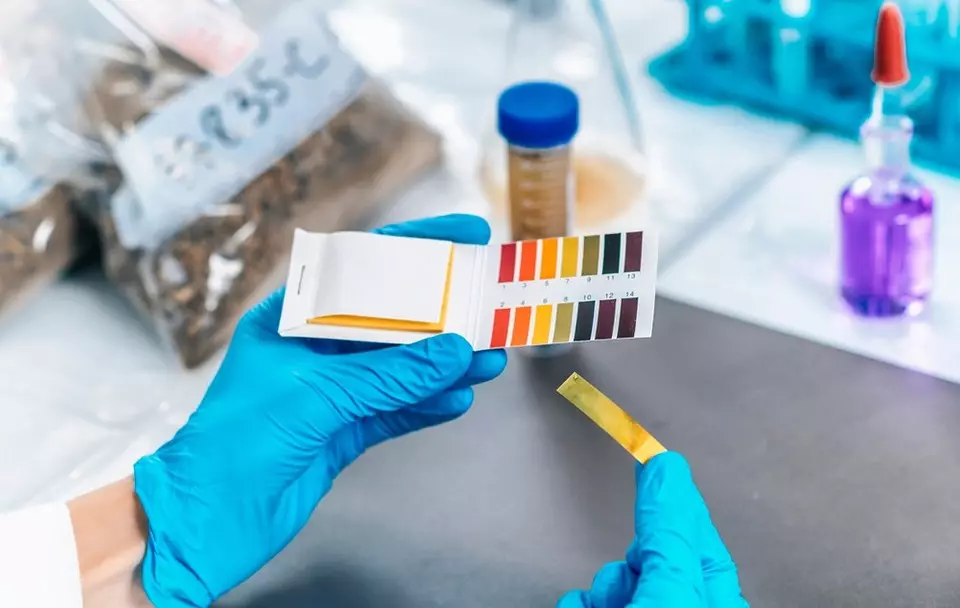
Methods for determining the pH
- Preparing a decoction of currant leaves, cherry or cherries. Three or four pieces pour a small amount of boiling water, let it cool. Place a little land in it. After a short time, the liquid will change color. If a red shade appeared - the soil mixture is acidified, purple or blue - alkaline reaction or neutral.
- Take 9% table vinegar, put a piece of glass on a black fabric. It will be a background on which it is convenient to consider the reaction. Fall on the glass a little land, gently drip vinegar. The absence of any reaction speaks of an elevated acid content. Abundant rising foam testifies to alkaline ground, slight hissing and weak foaming - about neutral.
- Win information can be obtained if you observe plants. The rapid growth of dandelions, plantains, horse sorrel or the accuracy accurately indicates an increased acid content. The presence of red tones in the color of the beet bar is a sensitive indicator of acid-alkaline balance. On the peeled ground, the leaves from beets are bright red, on a weakness dark green with bright alami byh. On the neutral, the tops are green, red only with petioles.
- We buy in a pharmacy with a lactium paper. In the cup we pour distilled water, lower the sample wrapped in the cloth. We are waiting for 5-8 minutes, we lower the test strip. After 2-3 seconds, we take out, we consider. Lacmus will change color. The result is assessed by color scale. Table we give further.
Table of pH levels
| Striped color | RN level | Reaction |
|---|---|---|
| Red | 3. | Sylno acid |
| Dark orange | four | Mediterranean |
| Orange | five | Weakness |
| Light green | 6. | Neutral |
| Green | 7. | Neutral |
| Light blue | eight | Neutral |
| Blue | nine | Weak alkaline |
| Blue | 10 | Alkaline |
How to deoxide the soil at home
To reduce the acidity of the soil, chemical preparations are produced. They are sold in specialized stores. Apply them simply - the box contains a detailed instruction to follow. Experienced gardeners advise to buy integrated funds, they are also called the fertilizer-making soil. They simultaneously fertilize and adjust the pH level.As part of such products, macro and trace elements: calcium, boron, zinc, magnesium, copper, manganese, phosphorus, etc. An important point. On the packaging of the drug should be a mark of its safety. It is advisable to buy powder or the smallest granules. They immediately dissolve, the reaction passes quickly and efficiently. Typically, chemical preparations are made in autumn at Popile. They are scattered on the ground, then drip and watered. The average validity period of such treatment is two years.
You can not always buy the desired composition. Then apply folk techniques. We offer five effective ways, how to deoxide the soil in the garden in the spring and autumn folk remedies.
1. LIBE
Making lime reduces the acid content in the soil. However, it is necessary to know that the substance is aggressively. It affects the ability of plants to obtain the substances they need from the soil. Therefore, it is optimally loving under the winter. By the spring, the chemical reaction will end, the composition of the soil mixture is normalized. It is also important exactly what kind of lime is to deoxine the soil. These can be different substances. We list those apply to lime.
Lime varieties
- Pushonka, she is harated.
- Hammer, it is carbonic.
- Key, it is a lime tuff.
- Lake, she is a gaze.
- Cement dust.
The number of puffs per 1 square. M.
- Screwed soils - 500 g
- Medium-sized - 300 g
- Weak acidity - 200 g
Before work, the desired amount of powder is measured. It is evenly scattered on the ground. After that, there is a depth of depth to the shovel bayonet. In this way, the acidity of soils by 15-20 cm inland is normalized.
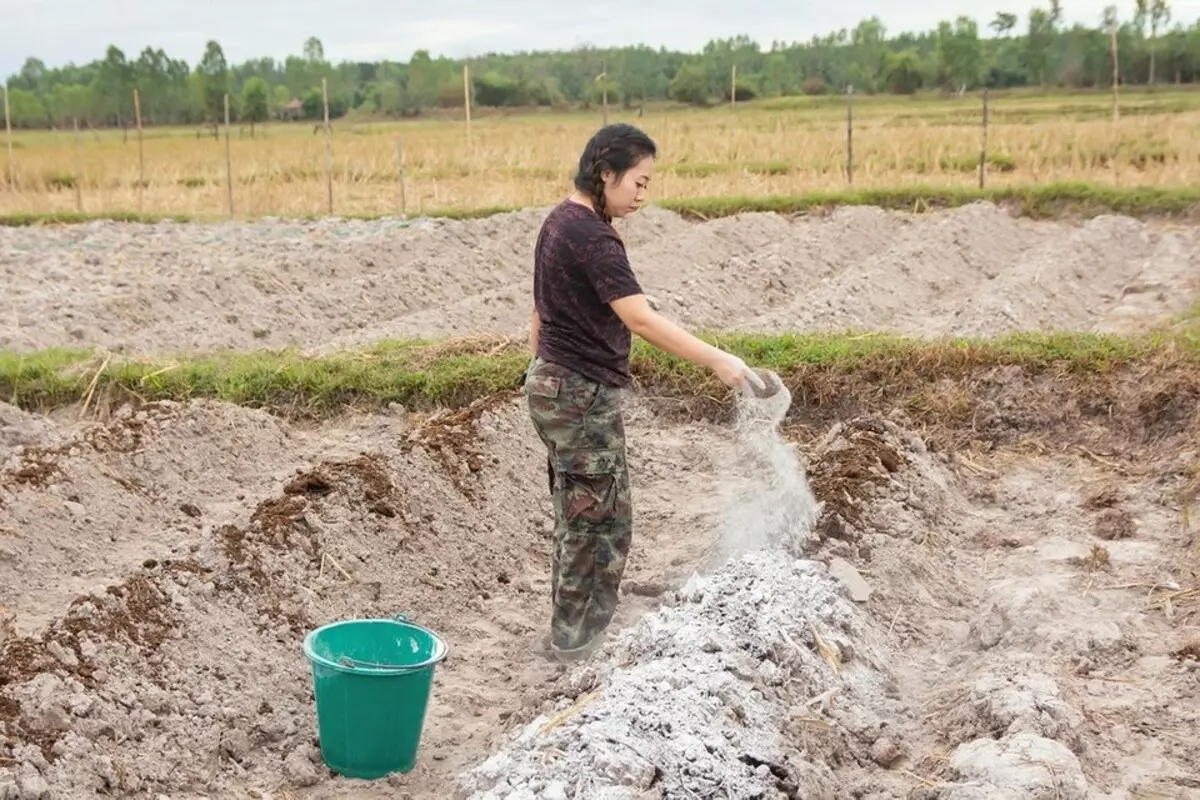
2. Zola.
Gardeners know that the ash is deoxidizing the soil. In addition, she scares pests and fertilizes. But there are several nuances that force the substance with caution. Its composition directly depends on the variety of wood burned, its age, the growing area, etc. The amount of calcium varies from 30% to 60%. Accordingly, the regulations of the application.
On average, the square meter is made from 1,000 to 1,500 g of wood ash. It is best to take birch. It will additionally become a source of phosphorus and potassium. The worst option is the ash from burning tops and weeds. It has very little calcium, so 2,000-2,500 g per square meter will contribute. It is difficult to obtain such volumes. For this reason, it is rarely chosen as the main one. We are more often taken as a supplement to a potent mixture or applied a year after carrying out in-depth lime. Then in one liter of water dissolves 200 g of wood ash. The resulting fluid is enough for the processing of one square. m. If you take peat ash, its quantity is increased to 250-300 g.
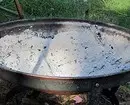
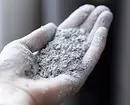
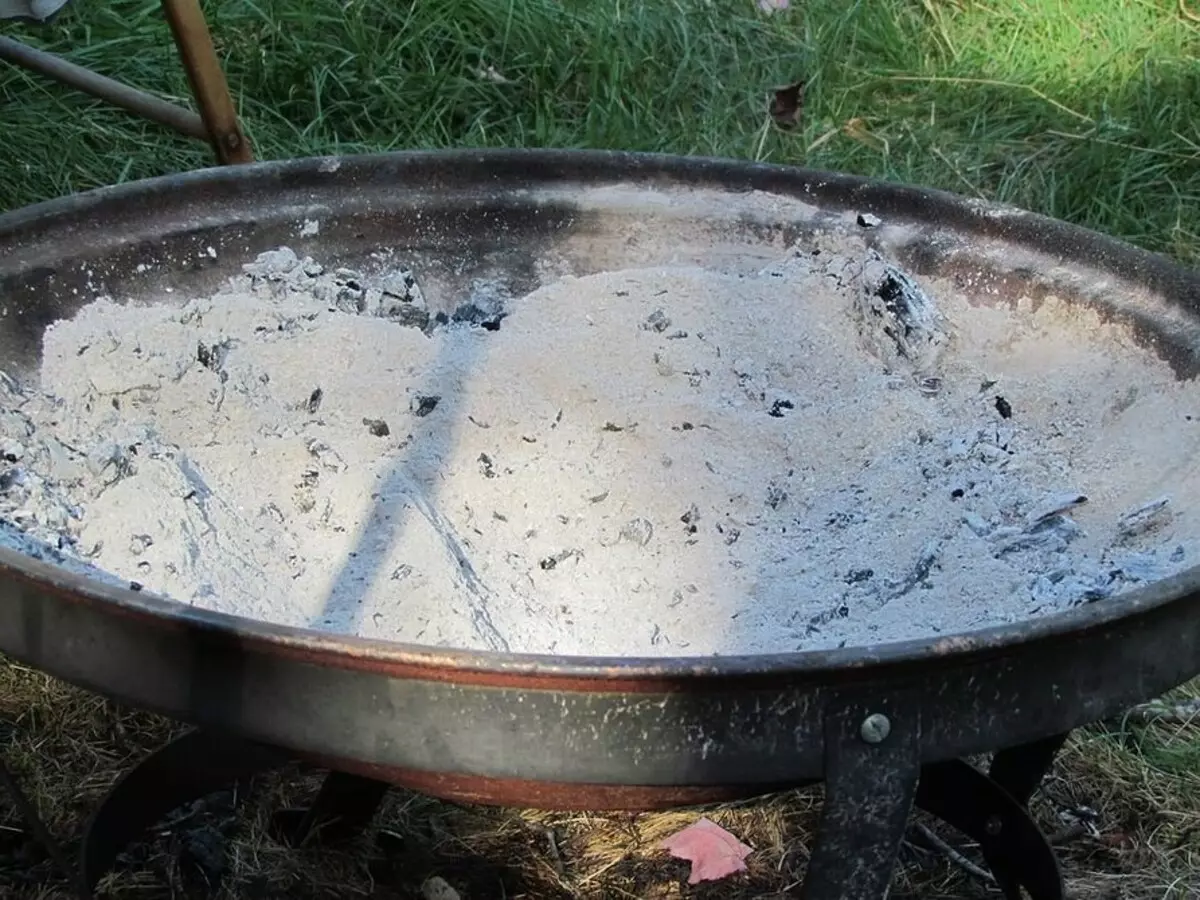
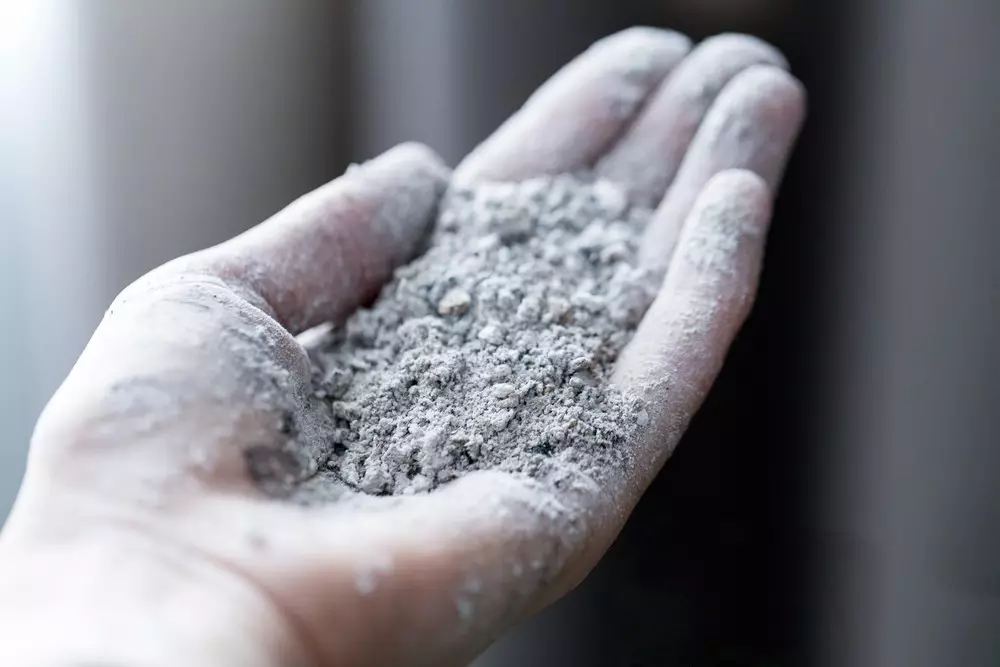
3. Dolomitic flour
Mineral Dolomit crushed into a small crumb, resembling its properties of limestone, is a natural remedy for the normalizing acid content in the soil. In addition, it is rich in micro and macroelements, serves as a good fertilizer. Well breaks heavy soils, improves their structure.Dolomka, as it is also called, is sold in household and garden stores in different packaging. It is important to choose the main material. The smallest fractions are best working, not more than 0.25 mm. Material moisture should be no higher than 13%. This information is indicated on the packaging of the granules. Dolomite flour is not aggressive. It is successfully brought under the spring or autumn people.
The rate of deposits for the square meter of the soil
- Scored - 0.5 kg.
- Average acidity - 0.4 kg.
- Weakness - 0.3 kg.
Dolomite flour has another beneficial property. It helps to get rid of fungal diseases and some pests. So, Dolomite destroys the chitinous cover of insects, so it destroys the Medvedka, the Colorad beetle, the like.
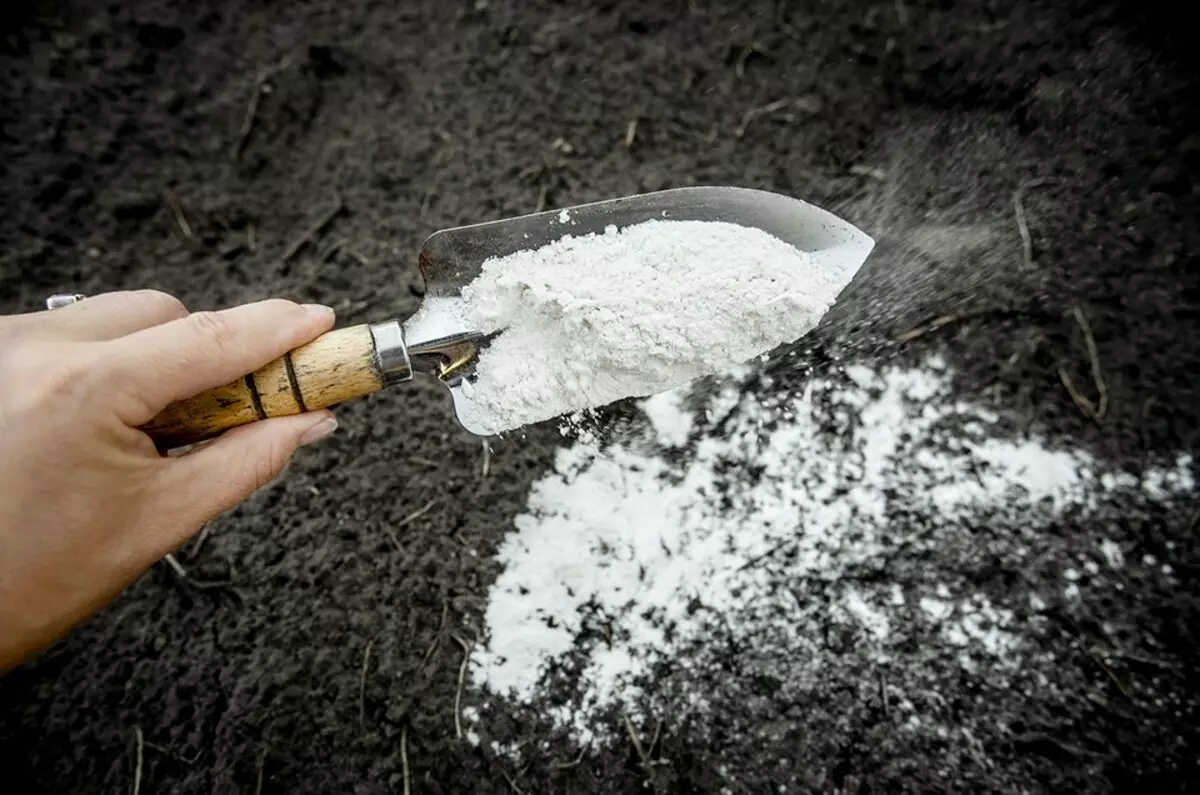
4. Mel.
The usual chalk acts as a lime. It is crushed, it is desirable that the particles do not exceed 1 mm. So they immediately dissolve and begin to "work". If the grains are more, the effect will not appear immediately, but after a while. We'll figure it out how to deoxine the soil with chalk.The mineral crushed into the powder is crumpled to the site, then closed in the ground in the process of rescue. When processing, the norms of application are observed.
Mela dosage per square meter. M.
- Screwed soil - 550-700 g
- Middle-sector 400 g
- Weakness 250-300 g.
Similar to chalk in the composition of the gypsum. However, he has an advantage - it dissolves only with acid. This means that after entering into the soil, the gypsum powder acts selectively. Finding into the substrate, it neutralizes the acid, after which the reaction stops. Gypsum becomes not active. As soon as the acid-alkaline balance varies, it is activated again and reacts with acid. At the same time, it does not harm soil microorganisms and landings.
Dose of gypsum per square. meter
- Screwed substrates - 400 g.
- Middle Spinance - 300 g
- Weakly acids - 150-200 g
Gypsum or chalk act gently, not aggressively. Their action briefly, therefore regular adjustment is required. For permanent use, they are not suitable, because they accumulate in soils and pushing it. Optimally alternate them with other means.
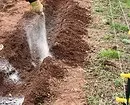
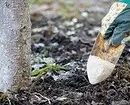
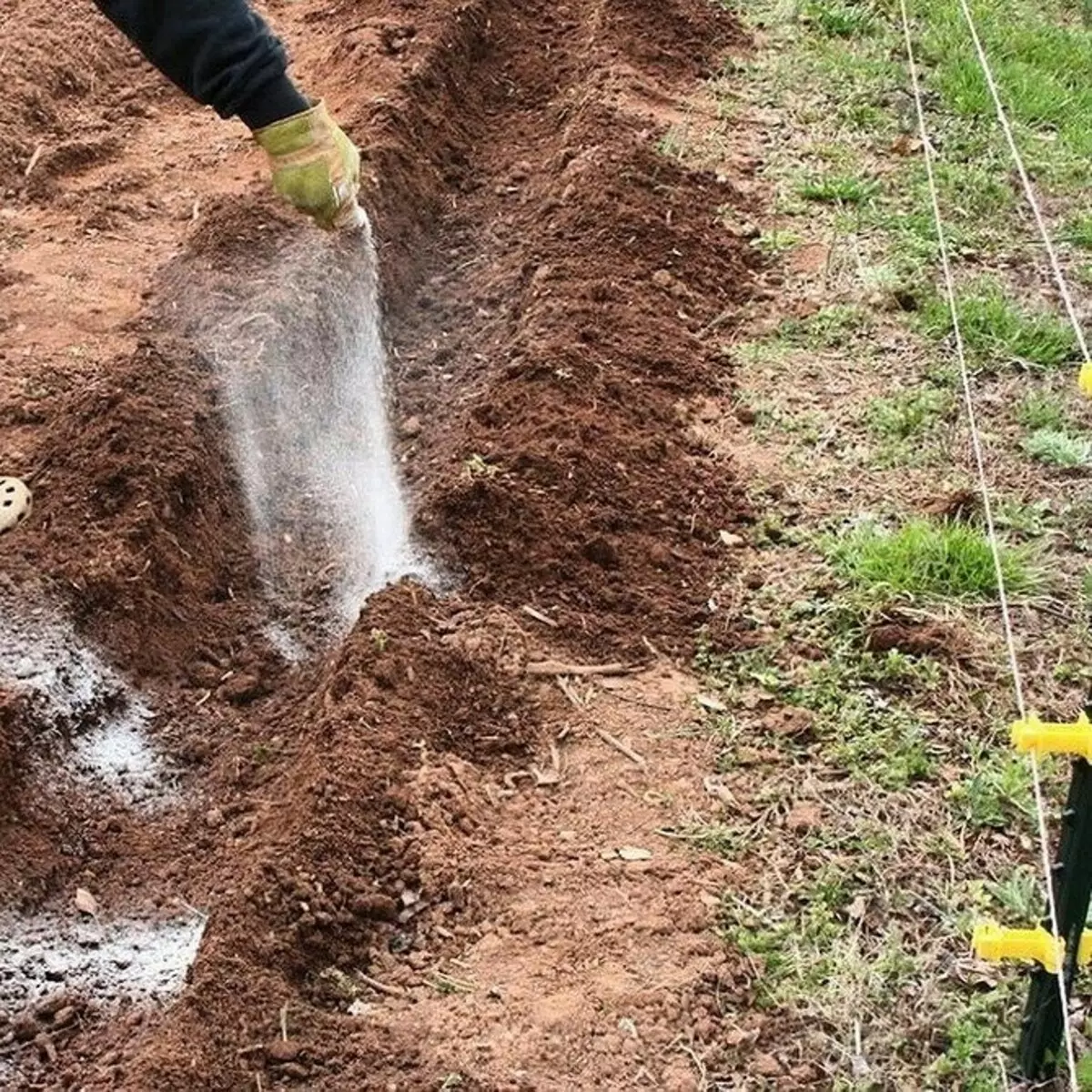
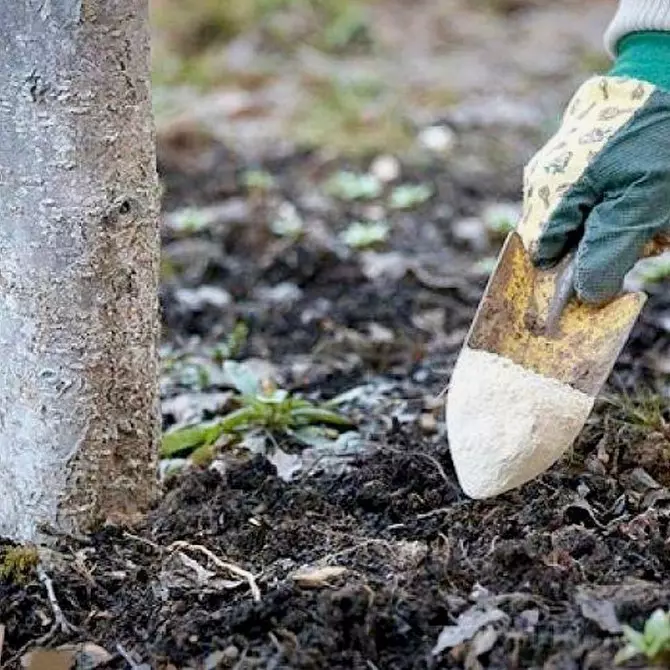
5. Siderats
Agronomas know which plants are taking the soil in the garden. These are sitting landings. There were ate them correctly, the effect is comparable with the limestone. But at the same time they do not harm the earth, on the contrary, they fertilize it. Lupine, Rape, mustard, Facelius, Oats, Dinner, Oilseed Radic, Wheat, etc. are used as Siderats. Getting started early in spring, cultures are not afraid of possible frosts.
Seeds are stirred with sand, as when cropping lawn. So shoots will be uniform. The depth of seed seeds is 15-20 mm. If necessary, young pigs are watered. Landing should grow all summer. At the beginning of the fall, the grass is mounted, but do not remove. She is drunk together with the ground, close to the depth of the bayonet shovel. By the spring, the acid level should normalize. If the site is too screened, the Siderats are planted in the next season.
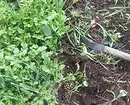
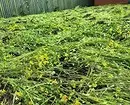
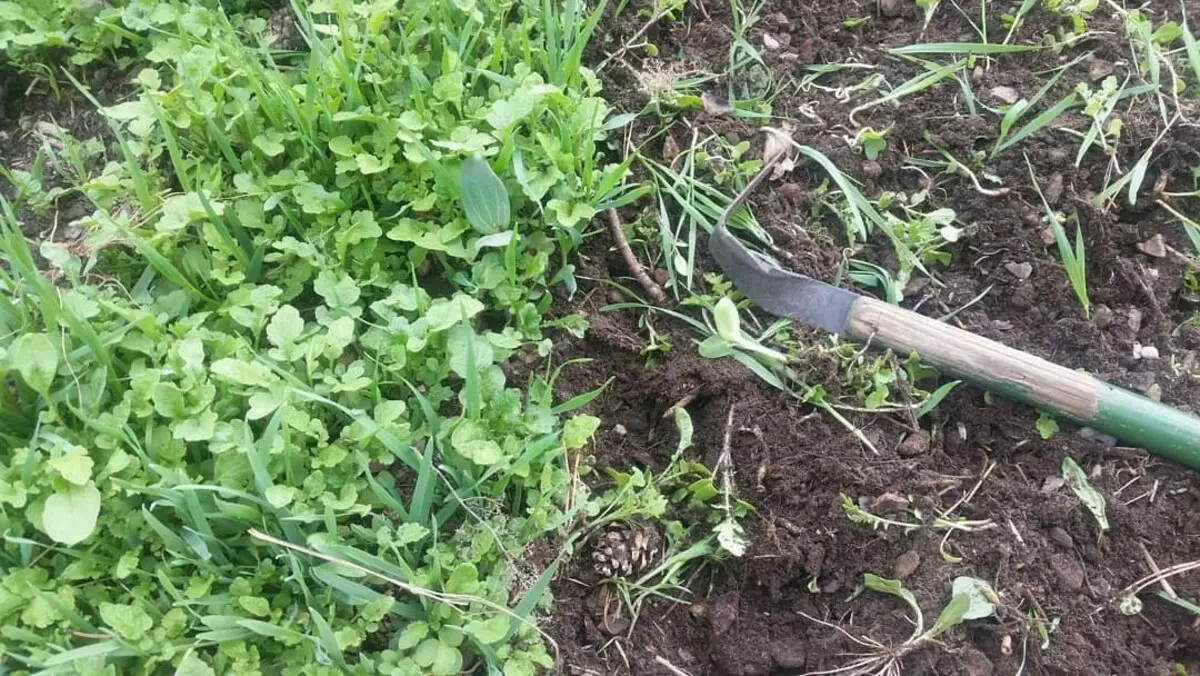
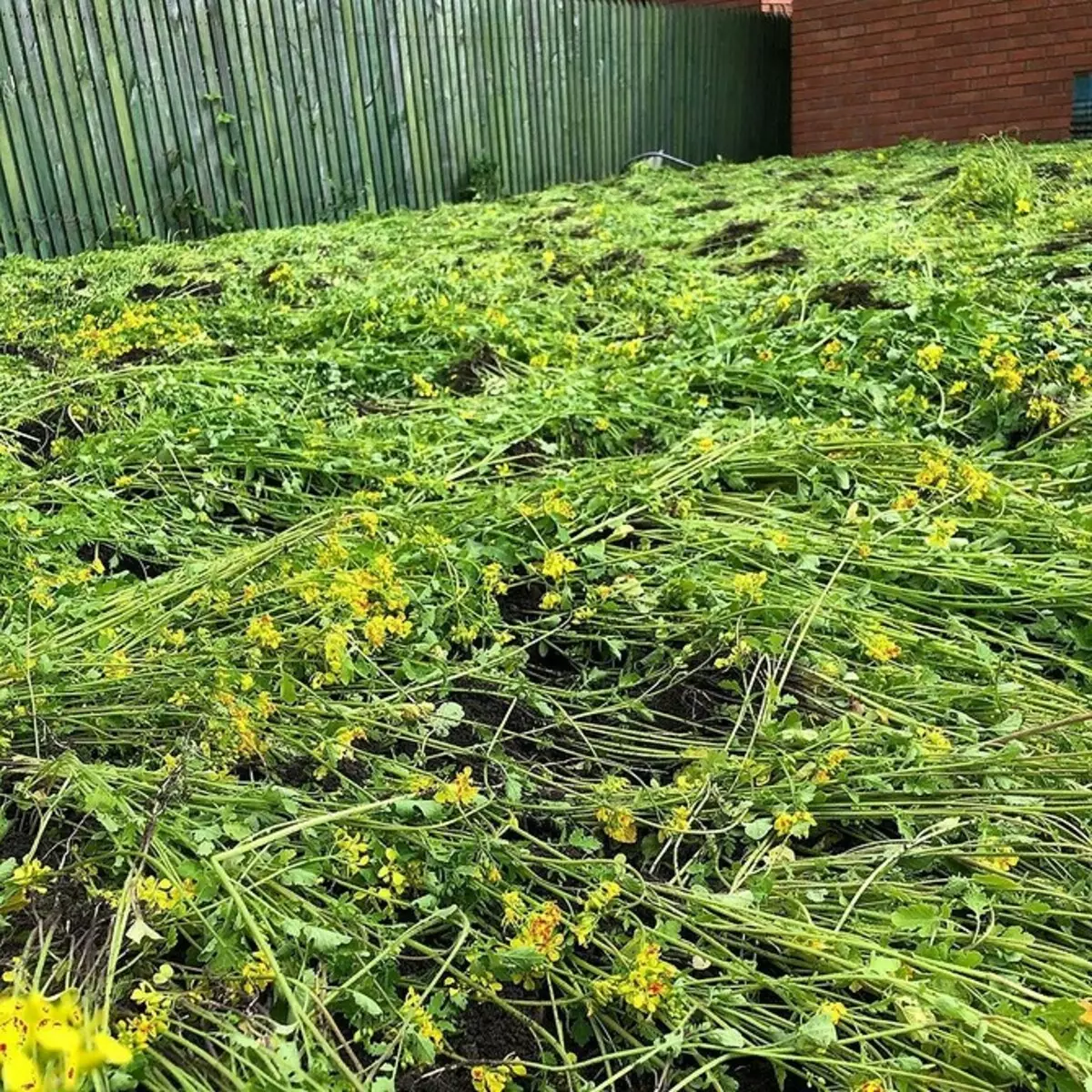
We have collected the most efficient and safe techniques. There are others. For example, you can deoxide the soil of food soda. But it is unsafe, since it is impossible to calculate the dose correctly without special equipment. Soda surplus provokes sodium accumulation, which is extremely undesirable for normal growth and the development of most cultures. It is better to use safe proven techniques in order not to harm your site.



